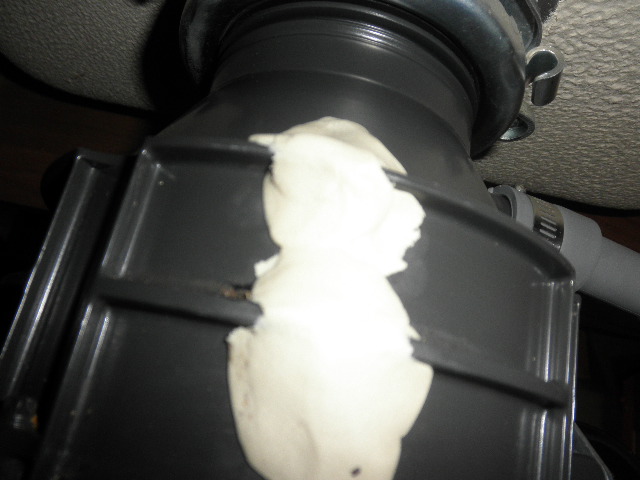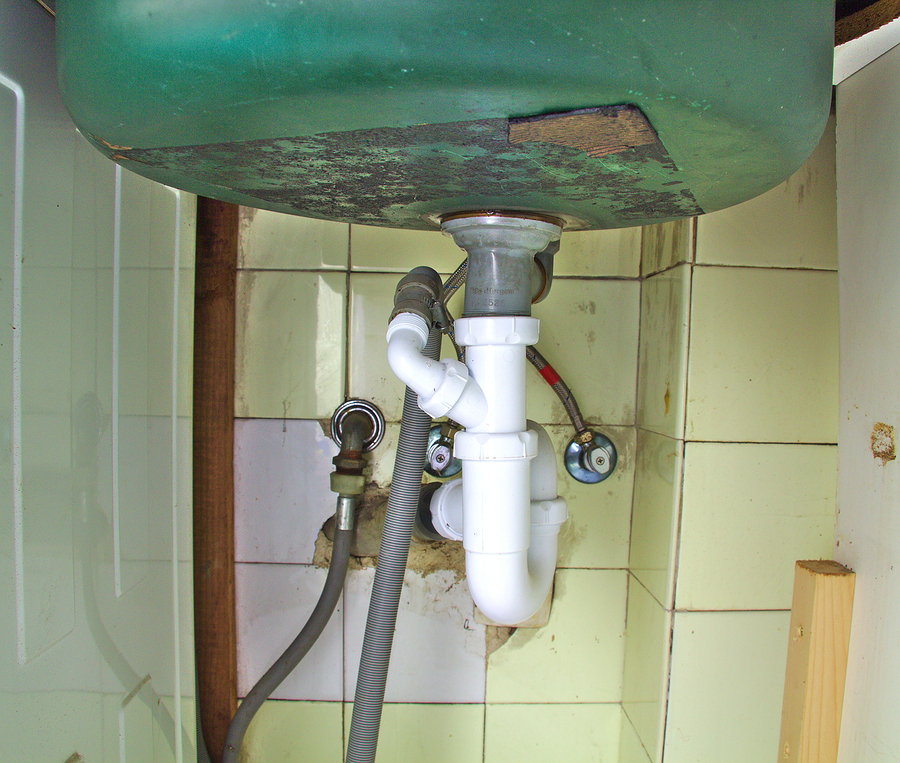The publisher is making several great pointers regarding How to fix a pretty consistent leak from my garbage disposal as a whole in the article in the next paragraphs.

Garbage disposals are essential kitchen area home appliances that aid in throwing away food waste effectively. Nevertheless, a dripping waste disposal unit can be an irritating and untidy problem to deal with. Fortunately, several leaks can be taken care of quickly with a couple of simple steps. In this post, we will certainly discuss how to take care of a dripping garbage disposal successfully.
Introduction
Garbage disposals are set up under kitchen area sinks and are created to shred food waste right into smaller items, allowing it to travel through the pipes system easily. While these gadgets are normally dependable, leakages can occur gradually as a result of wear and tear, loose connections, or damages to the device.
Step-by-Step Overview to Fixing a Leaking Waste Disposal Unit
Shut off the Power
Prior to attempting any repairs, ensure that the power to the waste disposal unit unit is shut off to prevent the danger of electrical shock.
Locate the Leak
Identify the specific place of the leakage and establish the reason
Tighten Links
Use a wrench to tighten up any loose links in between the disposal system and the pipes system.
Change Seals or Gaskets
If the leak is because of used seals or gaskets, remove the old components and replace them with new ones.
Patching Fractures or Openings
For cracks or openings in the disposal system, use epoxy or a suitable patching product to secure the damaged area.
Determining the Source of the Leakage
Before attempting to take care of a leaking garbage disposal, it is necessary to determine the resource of the leakage. This can commonly be done with visual inspection or by carrying out straightforward tests.
Visual Assessment
Evaluate the waste disposal unit device thoroughly for any type of indications of water leak. Pay close attention to areas around seals, gaskets, and connection points.
Evaluating for Leaks
One means to evaluate for leakages is by running water through the disposal system and checking for any type of noticeable indications of leak.
Typical Causes of Leaks in Trash Disposals
Worn Seals and Gaskets
Seals and gaskets play an essential function in avoiding water from leaking out of the garbage disposal. Over time, these parts can degrade, causing leakages around the disposal system.
Loose Links
The links between the waste disposal unit and the plumbing system can end up being loose over time, creating water to leak out during operation.
Splits or Openings in the Disposal System
Physical damages to the waste disposal unit, such as splits or holes in the housing, can additionally result in leaks.
Tools and Materials Needed for Dealing With a Leaking Waste Disposal Unit
Before beginning the repair process, collect the needed tools and products, including a screwdriver, adjustable wrench, plumbing technician's putty, substitute seals or gaskets, and epoxy or patching product for repairing splits or holes.
Testing the Waste Disposal Unit After Repair Service
As soon as the repair work is full, test the waste disposal unit by running water through it to make sure that the leakage has actually been dealt with.
Preventive Maintenance Tips to Prevent Future Leakages
To prevent future leaks, it is essential to do regular upkeep on your waste disposal unit. This includes maintaining it tidy, avoiding putting non-food things or hard objects down the disposal, and regularly looking for leakages or other issues.
Final thought
Finally, fixing a dripping waste disposal unit is a relatively straightforward procedure that can be completed with fundamental tools and products. By following the actions laid out in this short article and practicing precautionary maintenance, you can keep your garbage disposal in good working condition and prevent expensive fixings in the future.
What to Do About a Leaking Garbage Disposal
A leaking garbage disposal often goes unnoticed until you confront a sopping cabinet, a foul-smelling puddle, or an audible drip-drip-drip from the unit. The fix can be frustrating, too, because the leak can stem from a number of components in the system. Fortunately, with a little sleuthing, you can zero in on the leak and—depending on the exact location—stop the icky oozing and repair the component that caused it. Worst case scenario, if it turns out that the garbage disposal must be replaced, installing a new one is a reasonable do-it-yourself task for those with basic plumbing skills. Read on to keep the cash you’d otherwise hand over to a pro.
Prepare to find the leak
Prior to testing the garbage disposal for leaks, unplug it at the wall outlet and turn off the power from the breaker box to prevent electrical shock. Then insert a watertight sink stopper into your sink drain and wipe the unit dry with a clean cloth. In any handy container, mix a few drops of food coloring into a few cups of water, and pour the dyed water onto the sink stopper to help you locate the leak.
Investigate the source
the top, where the disposal meets the sink drain the side, where the dishwasher hose or main drain pipe connects to the disposal or the bottom of the unit Inspect each of these locations while gliding a light-colored rag over the unit; the dyed water will readily show on the rag and reveal the location of the leak. If a leak isn’t immediately apparent, remove the sink stopper and pour a few more cups of dyed water down the sink drain, then check for leaks again. Leaks near the top of the unit are more likely to show themselves while the sink is plugged, while side and bottom leaks are more noticeable while the sink is unplugged.
The metal sink flange that sits directly inside the sink drain is typically sealed around the top with plumber’s putty (a clay-like sealant) and then secured from under the sink with bolts. If the plumber’s putty deteriorates, or the bolts loosen, the flange can no longer form a watertight seal between the sink drain and the disposal—which could cause a leak at the top of the unit.
To reseal the leaky flange, you must first detach the garbage disposal. Start by loosening the screws securing the main drain pipe to the disposal, then loosen the screws in the metal clamp securing the dishwasher hose to the disposal and detach the drain pipe and dishwasher hose from the disposal. Loosen the screws in the mounting ring that connects the disposal to the metal mounting assembly beneath the sink, then pull down the disposal and carefully set it on a clean, dry surface. Loosen the bolts in the mounting assembly with a wrench, then pull down the mounting assembly and set it near the disposal.

Do you appreciate more info about Garbage Disposal Leaking From Bottom? Create feedback directly below. We would be interested to see your opinion about this content. In hopes to see you back again in the near future. Please take the opportunity to promote this blog if you enjoyed it. I love reading our article about Why Is .
Recurring Service Plans